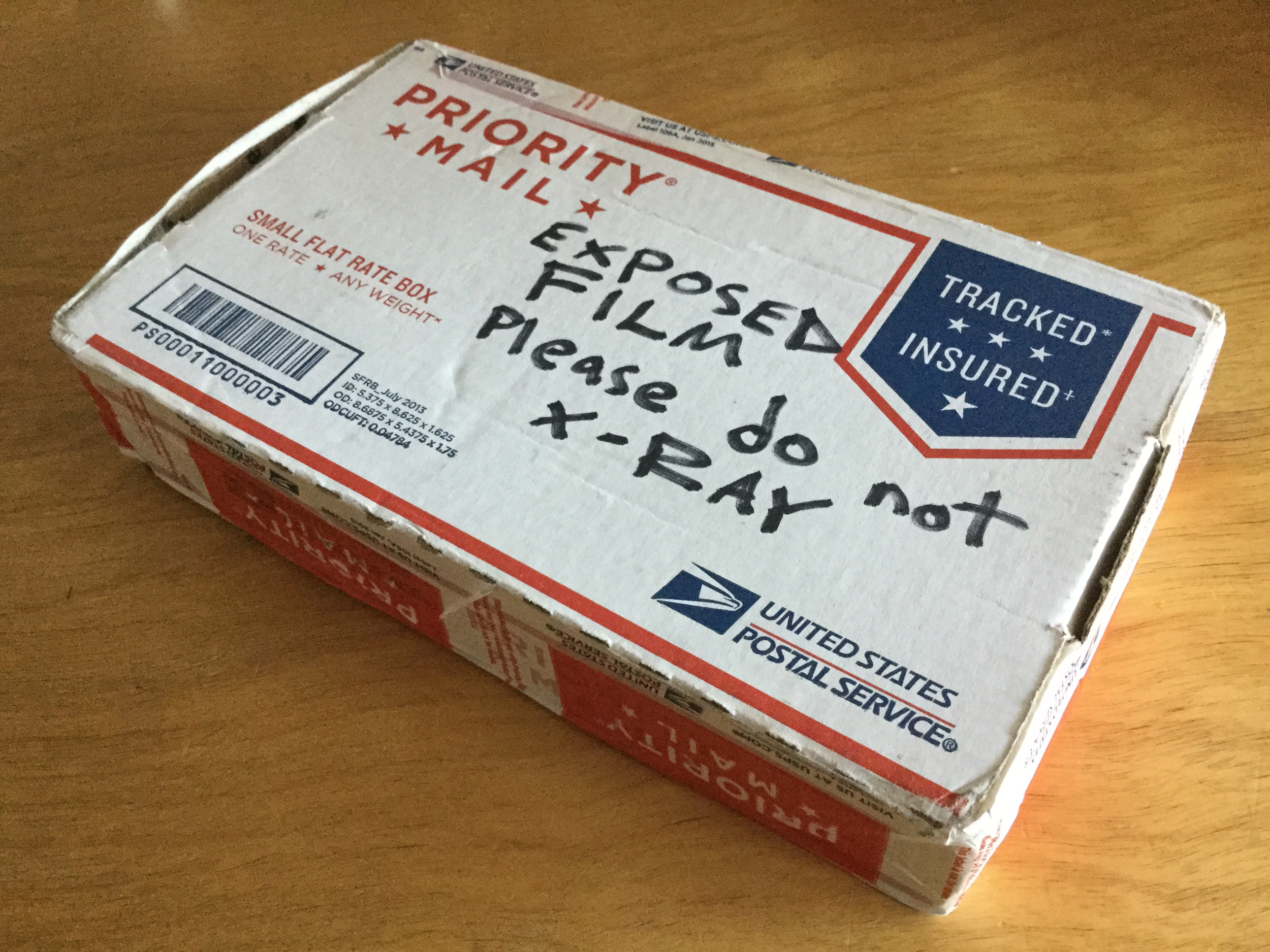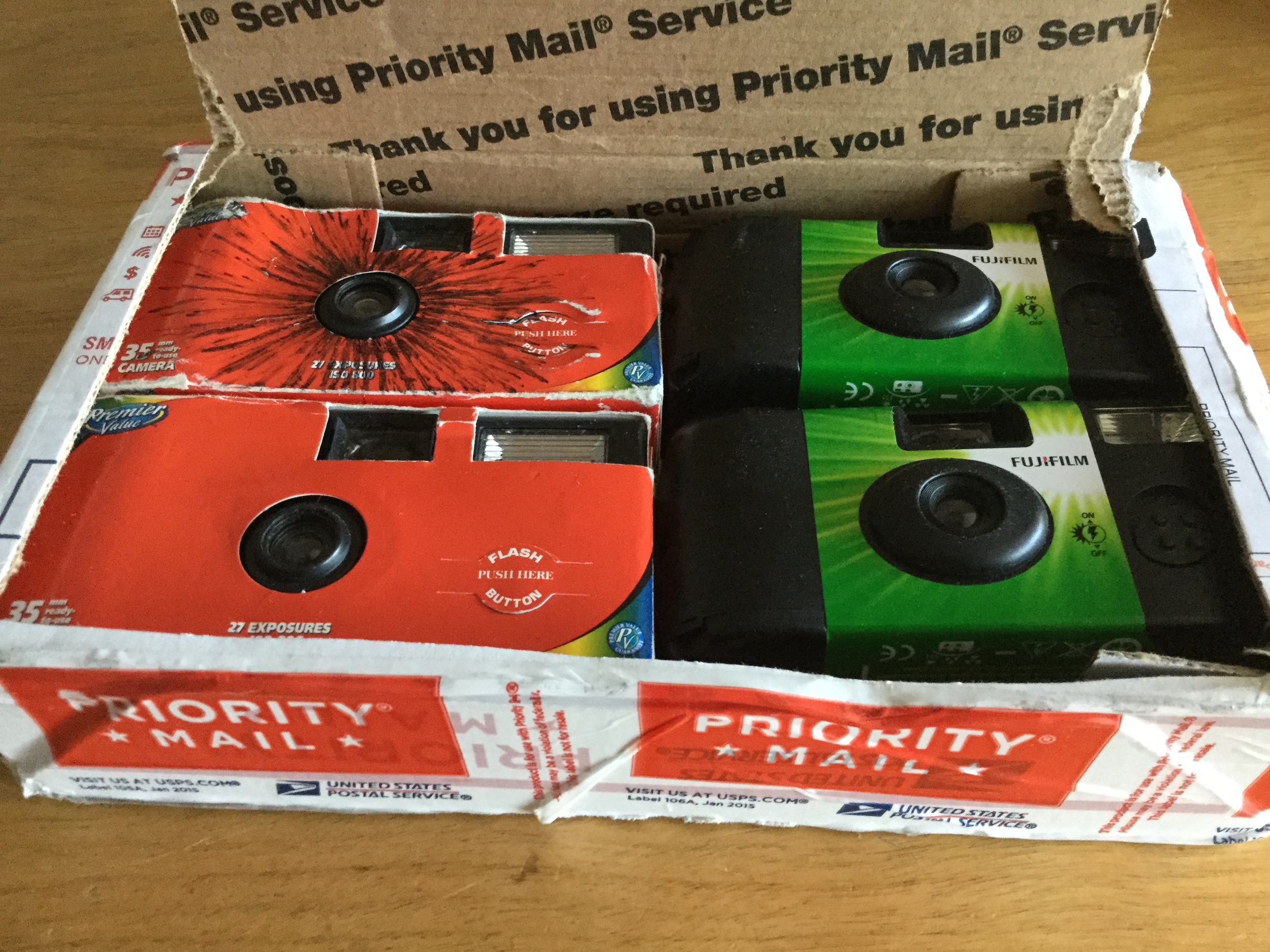As with solar panels, lithium ion batteries have a “learning curve”. Every time the worldwide production doubles, the cost of the batteries drops by 9%.8 Tesla Motors is building a solar powered factory in the Nevada desert that will more than double the worldwide production of these batteries. The plan is to make this the first of many such factories. LG Chem and iPhone manufacturer Foxconn have followed Tesla’s lead and started building their own giant battery factories.
As production volume keeps increasing, costs will drop even further. More money will be available for research and development which will continue the steady improvements in the batteries we have now and lead to breakthroughs in the development of new kinds of batteries. When you have a massive industry pouring money into a product, improvements will happen. Battery technology has three: solar energy storage, consumer electronics, and electric cars.
Electric cars
Until just a few years ago, electric cars weren’t taken seriously. Most people thought they were uncool and unaffordable. The cars built by Tesla Motors have definitely proven their coolness. And, the affordable part is happening sooner than many people expected.
Like solar power, electric cars are taking off right now because they use resources more efficiently than their competition. A gasoline car is only 20% efficient – most of the gasoline put into a car is wasted in the form of heat.10 Electric cars are 95% efficient.6 This is why the cost of charging them is equivalent to filling up a gasoline car for $1 per gallon.11 And, with the car plugged in at night, you will always wake up and start your day with a full tank.
This efficiency means saving resources and reducing carbon emissions. It also means insanely fast acceleration and high performance – Tesla's Model S is the fastest accelerating four door car in the world.12
The electric car also offers a much more reliable drivetrain. To provide forward motion, a gasoline car requires over 2000 moving parts. An electric car has under 30.13 That’s a lot of parts that won’t be there to constantly break down – costing the driver time, money, and stress. The Nissan Leaf’s drivetrain has proven to be 25 times more reliable than a gasoline car.14 Tesla is working on a drivetrain that will last a million miles.15 The battery lasts a decade.6 Even the brakes are hardly ever used because of “regenerative braking”, which uses the motor to help recharge the battery.
Short range, long charging times, and high prices held the electric car back in the past. But, the cars of today have blown past all of these obstacles. You can already buy a Tesla Model S that has 300 mile range, pull it into a solar powered supercharging station, and replenish 150 miles of range in just 20 minutes.16 And, Tesla offers free charging on long trips for the life of the car. Just like my solar powered van, once the panels are built the energy costs nothing.



















































